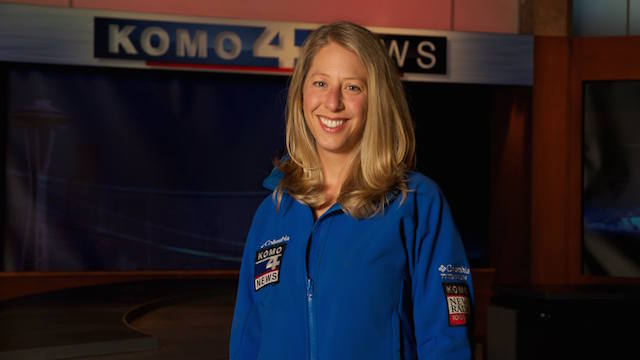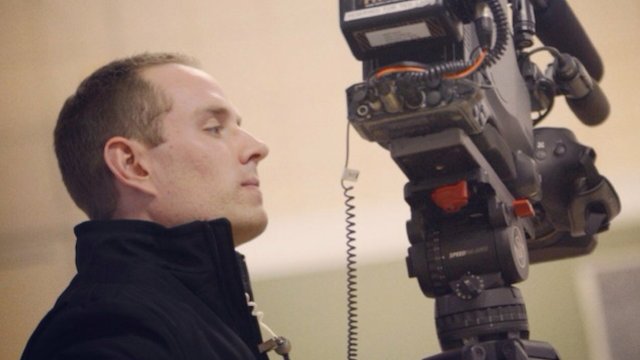Podcast: Play in new window | Download
Subscribe: RSS
The most powerful 60 minutes I watched last year came from two storytellers at their best.
John Sharify has won umpteen awards through a reporting career that has spanned decades. Joseph Huerta is assembling an equally impressive resume as a photojournalist, now at WFAA-TV in Dallas. Last year, for their final story together at KING-TV in Seattle, Sharify and Huerta produced an hour-long documentary about a man named Bob.
That man, 75 years old and diagnosed with terminal cancer, had chosen to end his life.
Bob Fuller planned to utilize Washington’s Death with Dignity Act to request a lethal dose of medication on a date of his choosing. Several months before that date, Fuller reached out to Sharify to see if his story was worthy of being told.
Sharify knew he wanted to tell it.
He teamed with Huerta to produce “Bob’s Choice,” which is embedded below and available anytime on YouTube. It is stirring, touching, moving, and just about every other emotional adjective you can name. It is also musical, downright funny at times, and a thorough look at a difficult subject.
Sharify and Huerta are my guests on Episode #74 of the Telling the Story podcast.
This is among the longest episodes I’ve done. That’s partly because of having multiple guests, but it’s mainly because this subject cannot be rushed. Sharify and Huerta discuss their many storytelling decisions on “Bob’s Choice,” but they also open up about their own emotional journeys and the experience of watching someone voluntarily – but peacefully among family and friends – take his own life.
The discussion is heavy, but it’s worth it.


